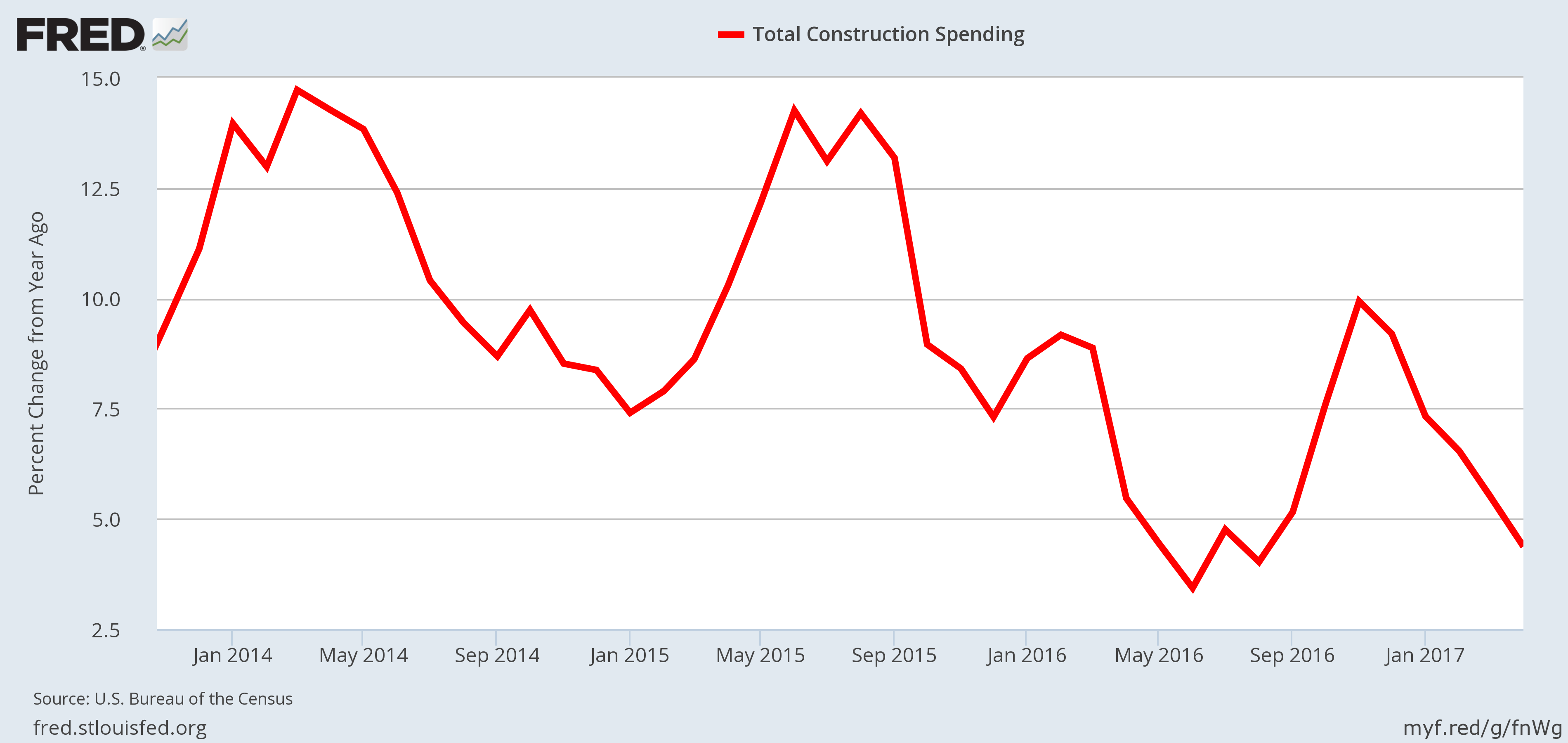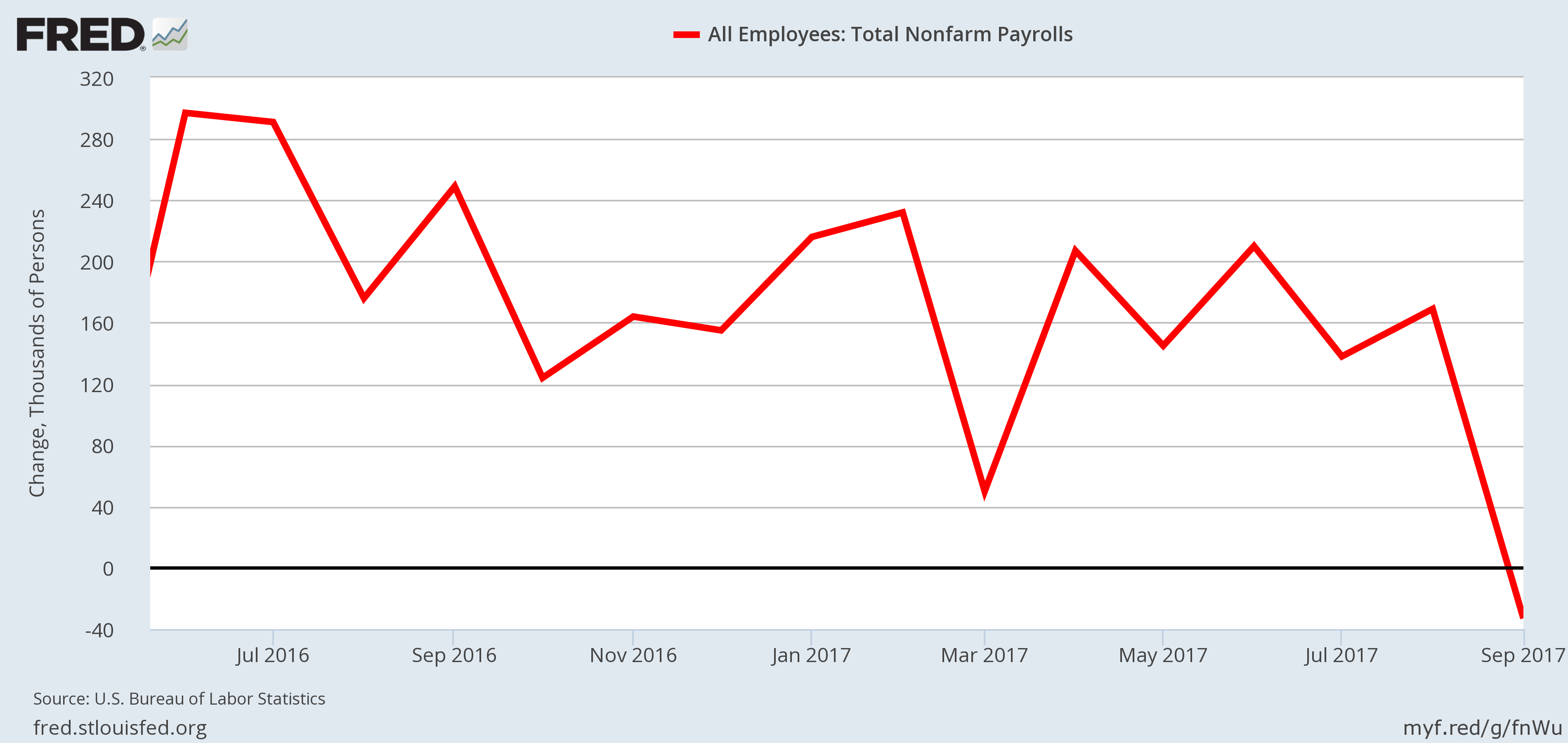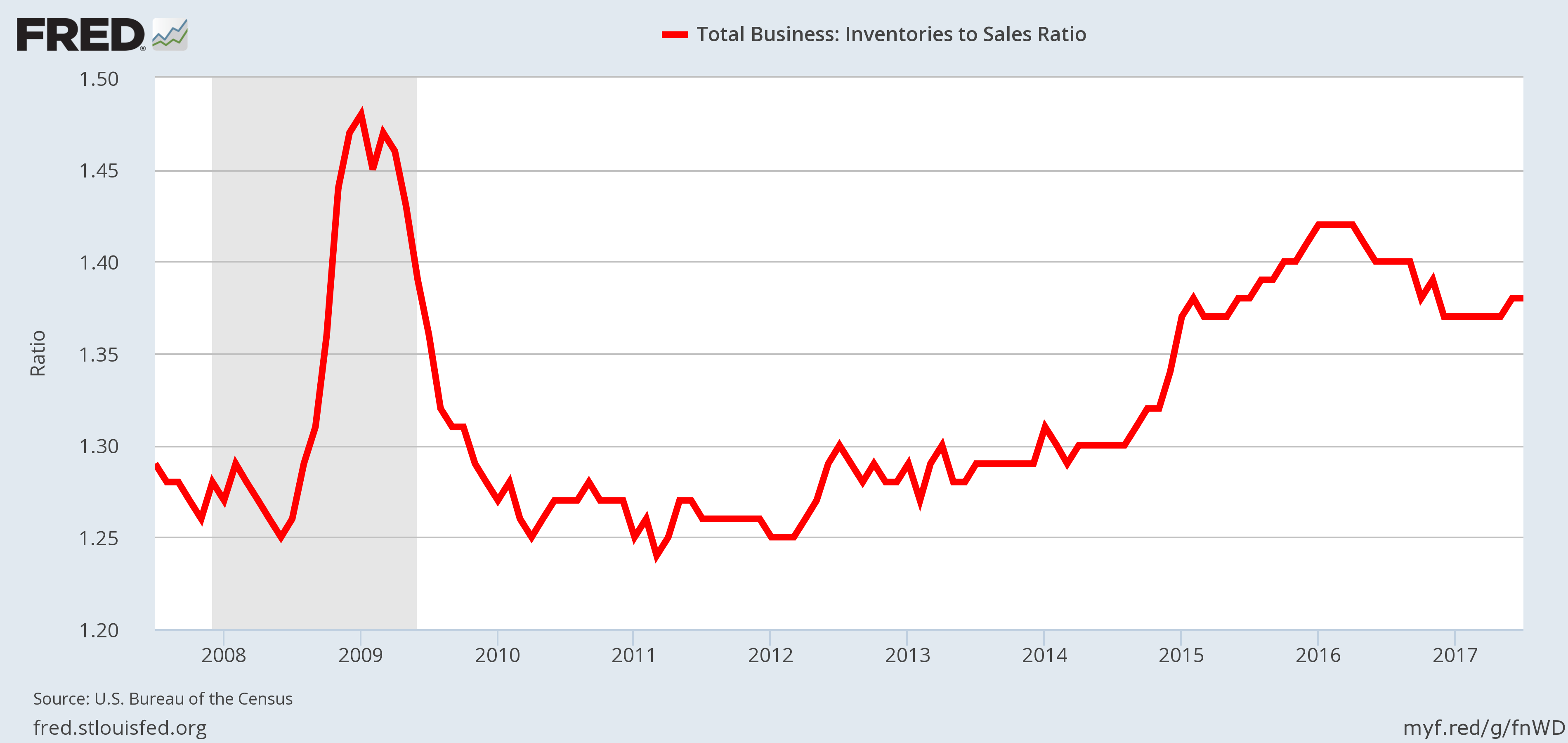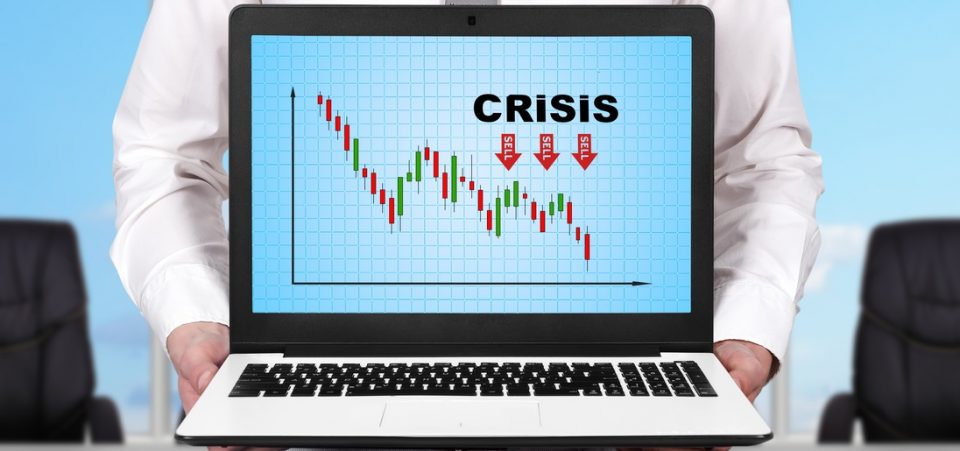List of Recession Indicators Continue to Get Bigger
Mark my words: the odds of a recession in the United States economy are increasing. Don’t let the soaring stock market fool you.
Understand that there are several recession indicators that are flashing red, and the list of signs continues to get bigger as more economic data comes in.
3 Economic Indicators That Investors Must Watch
The first recession indicator that investors must look out for is the level of construction spending in the U.S. economy. Please look at the chart below. It shows the year-over-year change in monthly construction spending in the United States.
Since early 2014, construction spending growth has been slowing. Back then, construction spending was growing in the double-digits. Now, construction spending growth is five percent lower than it was a year earlier. This is a massive deceleration.
Why does construction spending matter? Essentially, low levels of construction spending means that fewer homes, offices, roads, hospitals, etc. are being built. It indicates a slowdown in the overall economy.

Second, look at the labor market conditions. This has been mentioned in these pages before: one month’s figures don’t mean much. Investors have to look at the long-term trends.
With this said, look at the chart below. It shows the numbers of jobs added to the U.S. economy since July 2016. The chart shows that the U.S. employment trend is troubling. Since mid-2016, fewer and fewer jobs have been added to the U.S. economy. In September 2017, for the first time in a while, the U.S. economy actually lost jobs.
This is not good. Know that before and during recessions, the job numbers usually decline. Going forward, watching the job figures will be critical; if they continue to decline, it shows that we have a problem.

Third, look at the business inventory and sales ratio in the below chart. At its core, this ratio says how many months of sales it would take to clear out inventory.
Over the past few years, the total business inventory to sales ratio has been increasing. The last time the ratio was this high, the U.S. economy was going through a recession.
Why does the total business inventory to sales ratio matter? When this ratio increases, it says that consumption in the U.S. economy could be slowing. With consumption being a major part of the calculation of U.S. gross domestic product (GDP), if consumption declines, the U.S. economy will fall into a recession.

U.S. Economic Outlook: 2018 May Not Be as Rosy
Dear reader, the soaring key stock indices may be telling us that everything looks great. Sadly, however, the reality is completely different. A recession is increasingly becoming a likely scenario for the U.S. economy.
To me, it wouldn’t be shocking to see the early part of 2018 becoming very difficult for the United States. We could start seeing the word “recession” show up in the headlines, and mainstream economists talking about it too.
In the meantime, I am keeping a close eye on the stock markets. Over the past few years, investors have been rushing to buy stocks on the basis that the U.S. economy was growing. I wonder what they would do when they found out that the U.S. was going through a recession. Will they sell and run for the exits? It’s possible.






